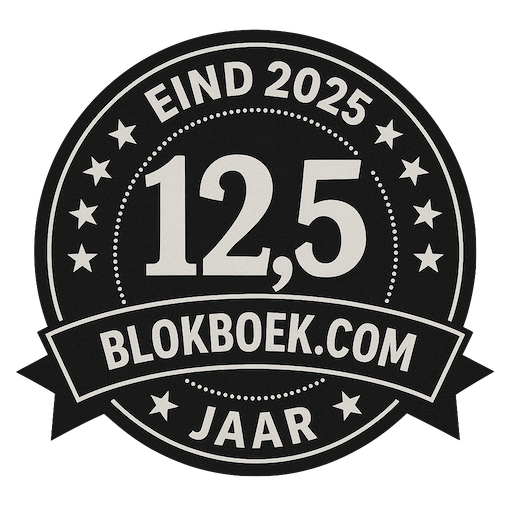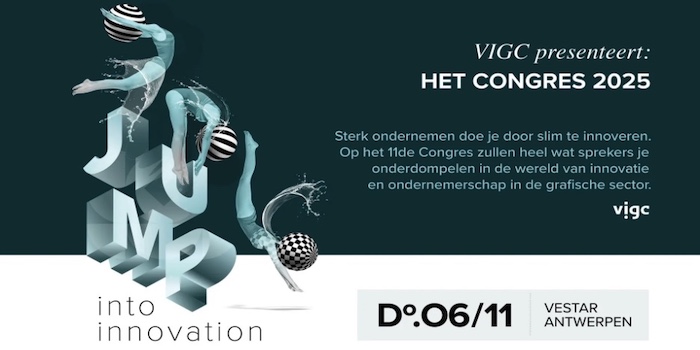Milieubewust denken op grotere schaal
 Volgens Laurel Brunner moeten we ruimer denken als het om milieumaatregelen gaat.
Volgens Laurel Brunner moeten we ruimer denken als het om milieumaatregelen gaat.
Lees hier haar blog in het Engels.
The weekly Verdigris blog by Laurel Brunner
Imagination, ideas and technological innovation are what progress is all about. We care about what we understand, what we know, so we generally focus only on what directly impacts us. It is time for this narrow view to change. When it comes to graphics industry inventions that reduce impacts on the environment, we must start thinking bigger as well as thinking different. New technologies for reducing environmental impact cannot be considered in isolation. What improves a carbon footprint in one way might make it much worse in another.
This is why it is so important to consider all aspects of a machine or system’s performance when investing. In the printing business it is particularly urgent. A press for instance may use water based inks which are considered to be less environmentally hostile than solvent based ones. But if those inks require more energy to dry, they may not be such an improvement after all.
Water based inks may also have a negative effect on the press itself. A large packaging provider in Scandinavia has run extensive tests and found that water can be corrosive to metals in the press. Tests found that excess copper and other metals were transferred to the cleaning materials, which did not happen with solvent based inks. The conclusion was that “water attacks the press in a way that solvents do not”. This does not mean that we should abandon water based inks in favour of solvents. But it illustrates the need for more understanding of what’s going on. We need far more comprehensive evaluations of the environmental impacts of technological advances.
Balance is very hard to strike if we are to manage environmental impacts effectively. It can only be established on the basis of verifiable, consistent, comprehensive and repeatable data, so much more investment is needed into data collection and analyses. We must not make claims about environmental friendliness on the basis of a single and isolated data set, as this amounts to the ultimate in greenwashing. The graphics industry has some tools available to it for data collection, but not enough. We should be looking more closely at all parts of graphics production, from prepress through to distribution, so that the industry can develop datasets to confirm its sustainability claims.
This requires all manufacturers of machinery, software, substrates and consumables to take a much broader view of sustainability. The big players have equally big responsibilities. We need lifecycle thinking, starting with raw materials, manufacturing processes, application, use and end of life. Fresh approaches to recycling, especially by the sclerotic paper industry would also help a great deal.
The scale of sustainability concerns facing graphics professionals are huge. But with a more holistic approach to environmental thinking, the long term future of the graphics business can be assured.
Laurel Brunner
This article was produced by the Verdigris Project, an industry initiative intended to raise awareness of print’s positive environmental impact. This weekly commentary helps printing companies keep up to date with environmental standards, and how environmentally friendly business management can help improve their bottom lines. Verdigris is supported by the following companies: Agfa Graphics, EFI, Fespa, HP, Kodak, Kornit, Ricoh, Spindrift, Splash PR, Unity Publishing and Xeikon.
Please also include the Verdigris logo and a link to this website. If you don’t already have our logos, you can get them by downloading the “Publishers Bundle” from our Archive page. And don’t forget terms of the Creative Commons license at the footer of the site. Enjoy!

De trainingen voor 2022 staan gereed. Kijk voor het volledige online aanbod van bestaande- en nieuwe trainingen op de website.
BLOKBOEK.COM EN PRINTMEDIANIEUWS: HET OPTIMALE DOELGROEP BEREIK


















